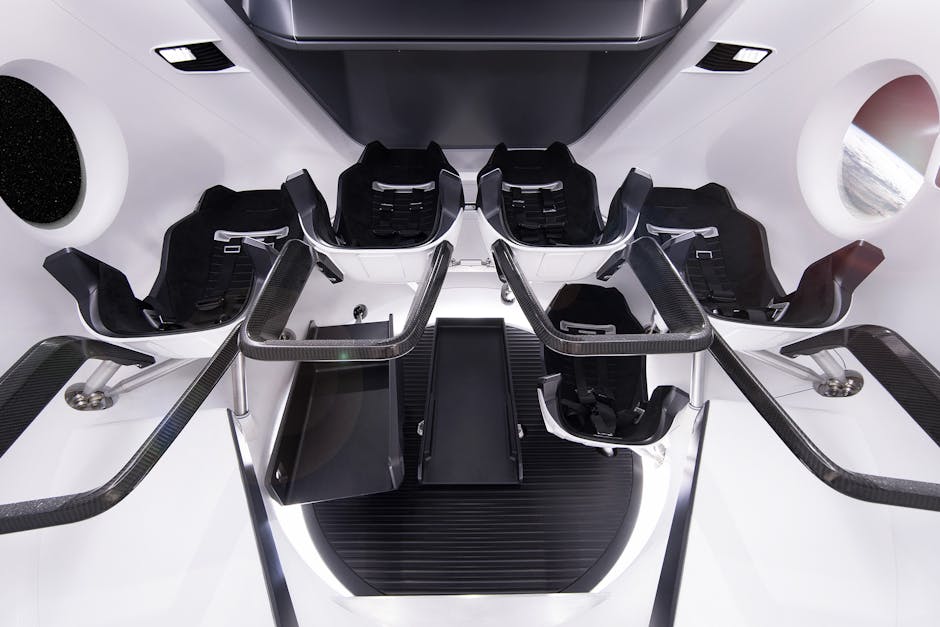The Future of Mainframes: Trends and Predictions for COBOL-Based Systems
As you explore the future of mainframes, you’ll find that modernising legacy systems is essential for long-term sustainability. You’ll need to adopt refactoring strategies, modular components, and optimised system architecture to propel your organisation forward. Hybrid mainframe environments, AI-powered modernisation efforts, and cloud-native development strategies will also play a pivotal role in shaping the future of COBOL-based systems. To stay ahead, you’ll need to attract and develop the next generation of mainframe talent, leveraging mentorship programmes, interneships, and training initiatives. Now, as you continue to navigate this complex landscape, you’ll discover the key to accessing a scalable, agile, and sustainable future for your mainframe systems.
Key Takeaways
• Hybrid mainframe environments are emerging, combining traditional mainframes with cloud-native applications and services for increased agility and scalability.• AI-powered mainframe modernisation efforts reduce costs and risks by automating code analysis, migration, and refactoring of complex COBOL code.• Cloud-native mainframe development strategies focus on scalability, DevOps pipelines, Agile frameworks, and cloud-native services to improve time-to-market and quality.• The next generation of mainframe talent is being developed through mentorship programmes, interneships, training, and certification, as well as partnerships with educational institutions.• Refactoring strategies and modular components are essential for modernising legacy systems, reducing technical debt, and ensuring sustainable, adaptable, and scalable systems for future growth and competitiveness.
Modernising Legacy Systems for the Future

As you venture on modernising your legacy systems, this undertaking isn’t simply about maintaining the status quo, but about leveraging innovative technologies to propel your organisation forward. You’re not just revamping outdated code; you’re creating a foundation for future growth and competitiveness.
However, this process can be challenging, especially when dealing with technical debt accumulated over the years.
Technical debt refers to the cost of implementing quick fixes or workarounds, which may have provided short-term gains but ultimately led to long-term consequences.
As you modernise, you’ll need to refactor your code, eliminating technical debt and streamlining your systems. This is where refactoring strategies come into play. By applying these strategies, you can break down monolithic systems into more agile, modular components, making it easier to maintain and update your codebase.
Refactoring allows you to address technical debt, reducing the likelihood of errors and improving overall system performance.
Crucial to approach refactoring with a clear understanding of your system’s architecture and the goals you want to achieve. By doing so, you’ll be able to create a more sustainable, adaptable, and scalable system that supports your organisation’s evolving needs.
The Rise of Hybrid Mainframe Environments

You’re now poised to harness the full potential of modernised legacy systems by embracing the rise of hybrid mainframe environments, where the boundaries between traditional mainframes and cloud-based architectures blur. This convergence enables you to leverage the strengths of both worlds, creating a powerful synergy that drives innovation and efficiency.
In a hybrid mainframe environment, you can scale on demand: leverage cloud bursting to rapidly scale mainframe capacity during peak periods, ensuring seamless performance and minimising the risk of outages.
You can integrate with agility: seamlessly connect mainframe-based systems with cloud-native applications and services, enabling frictionless data exchange and workflow automation.
You can optimise resource utilisation: dynamically allocate mainframe resources to cloud-based workloads, maximising ROI and minimising waste.
You can future-proof your infrastructure: create a flexible, adaptable architecture that supports evolving business needs and emerging technologies.
AI-Powered Mainframe Modernisation Efforts

By embracing AI-powered mainframe modernisation efforts, organisations can now automate the discovery, analysis, and refactoring of legacy code, substantially reducing the time and costs associated with manual modernisation approaches. This automated process enables you to focus on high-value tasks, such as integrating new technologies and developing innovative applications.
| Manual Modernisation | AI-Powered Modernisation | Benefits |
|---|---|---|
| Time-consuming code analysis | Automated code analysis | Reduced time to market |
| Error-prone manual refactoring | Automated refactoring | Improved code quality |
| High costs for manual migration | Intelligent migration | Reduced costs and risks |
With AI-powered mainframe modernisation, you can leverage automated refactoring to transform complex COBOL code into modern, maintainable languages like Java or C#. This enables you to take advantage of modern development tools and methodologies, improving overall productivity and efficiency. In addition, intelligent migration capabilities allow you to automatically migrate applications to cloud-native environments, enabling you to take advantage of cloud-based services and scalability. By adopting AI-powered mainframe modernisation efforts, you can tap the full potential of your mainframe investments and drive business innovation.
Cloud-Native Mainframe Development Strategies

With AI-powered mainframe modernisation efforts in place, you can now focus on developing cloud-native applications that leverage the full capabilities of your modernised mainframe environment.
This allows you to take advantage of the scalability, flexibility, and cost-effectiveness of cloud computing. By adopting cloud-native development strategies, you can create modern applications that seamlessly integrate with your mainframe systems.
To achieve this, consider the following strategies:
Design for scalability: Build applications that can scale horizontally, using containerisation and orchestration tools like Kubernetes to manage complex workloads.
Embrace DevOps pipelines: Automate testing, deployment, and monitoring using tools like Jenkins, GitLab CI/CD, or CircleCI to facilitate faster time-to-market and improved quality.
Adopt Agile frameworks: Implement iterative development methodologies like Scrum or Kanban to facilitate collaboration, flexibility, and rapid response to changing business needs.
Leverage cloud-native services: Utilise cloud-based services like serverless computing, message queues, and data lakes to build scalable, event-driven architectures that guaranty reliable performance.
The Next Generation of Mainframe Talent

As the mainframe landscape evolves, it’s vital that we attract, develop, and retain a new generation of skilled professionals who can harness the full potential of modernised mainframe systems.
The mainframe industry is facing a critical shortage of skilled professionals, with many experienced COBOL developers nearing retirement. To address this gap, you’ll need to focus on building a robust talent pipeline. This involves creating mentorship programmes that pair seasoned professionals with newer talent, providing training and development opportunities to help them grow.
Here are some strategies to attract and develop the next generation of mainframe talent:
| Strategy | Description | Benefits |
|---|---|---|
| Mentorship Programmes | Pair new hires with experienced mentors | Knowledge transfer, skill development |
| Interneships | Offer interneships to students and recent graduates | Attract new talent, provide hands-on experience |
| Training and Certification | Provide access to COBOL training and certification programmes | Upskill and reskill existing talent |
| Partnerships with Educational Institutions | Collaborate with universities and colleges | Develop a pipeline of new talent |
| Gamification and Hackathons | Host coding challenges and hackathons | Attract new talent, encourage innovation |
Conclusion
As you gaze into the future of mainframe systems, the contrast between stagnation and innovation becomes stark.
On one hand, legacy systems risk being mired in outdated COBOL code, while on the other, AI-powered modernisation and cloud-native development strategies beckon.
The choice is clear: will you cling to the past or propel your organisation forward with cutting-edge mainframe solutions?
The future of mainframes hangs in the balance, poised to either wither or thrive.
Contact us to discuss our services now!
